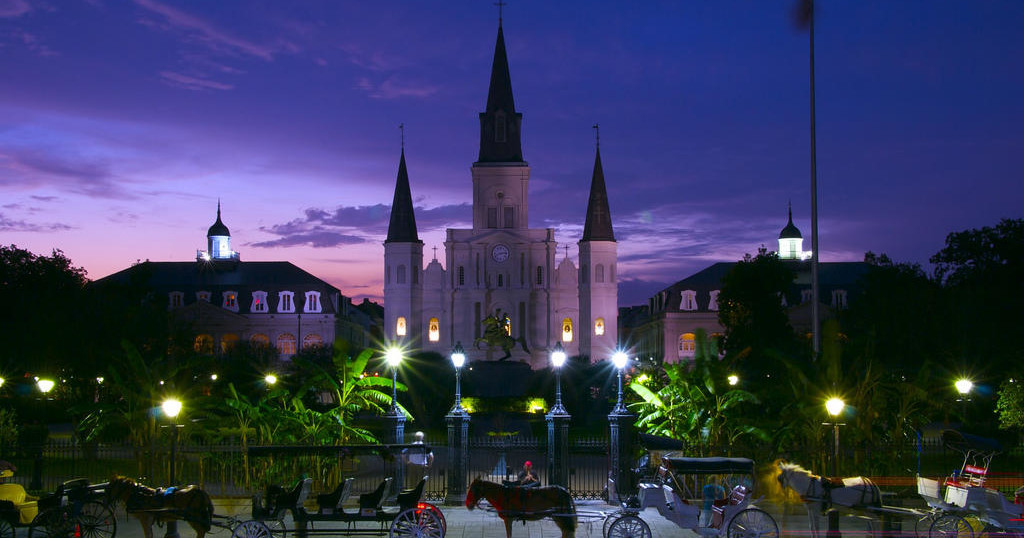Exploring the Tapestry of Time: Unveiling the Rich History of the French Quarter

Nestled in the heart of New Orleans, the French Quarter stands as a living testament to centuries of history, culture, and resilience. As we delve into the captivating narrative of this iconic neighborhood, it’s essential to consult reputable sources to deepen our understanding.
A French Canvas: The Founding Years
The story of the French Quarter begins in 1718 when Jean-Baptiste Le Moyne de Bienville laid the foundation for a new French colony named La Nouvelle-Orléans. For a more in-depth exploration of this pivotal era, the Historic New Orleans Collection (HNOC) offers an extensive collection of artifacts, documents, and exhibitions, providing a nuanced perspective on the Quarter’s founding years.
Spanish Intricacies: A Period of Transition
In 1762, the Treaty of Fontainebleau transferred Louisiana from French to Spanish control. The architectural nuances of this period are beautifully preserved, notably in structures like the Cabildo and Presbytère on Jackson Square. To delve deeper into the Spanish influence, the Vieux Carré Commission Foundation provides valuable insights into preservation efforts and architectural heritage.
The Essence of Creole Culture: Influence of Free People of Color
The French Quarter became a thriving center of Creole culture, with free people of color contributing significantly to the artistic, culinary, and musical landscape. For an authoritative exploration of Creole culture, the National Park Service’s dedicated page on French Quarter History offers valuable information, enriching our understanding of this vibrant period.
The Dark Shadow of Slavery: St. Louis Cemetery No. 1
St. Louis Cemetery No. 1, established in 1789, serves as a poignant testament to the city’s complex history. Within its walls rest the stories of the city’s diverse inhabitants. To gain further insights into this dark yet compelling chapter, consider exploring resources at the Historic New Orleans Collection (HNOC), which delves into the lives and legacies of those laid to rest in this historic cemetery.
19th Century Trials: Fires, Epidemics, and Reconstruction
The 1800s brought challenges to the Quarter, including devastating fires and the yellow fever epidemic of 1853. The resilience displayed during this era is vividly captured in the architecture that dots the landscape. For an in-depth examination of this period, the Vieux Carré Commission Foundation offers a wealth of information on preservation efforts and the adaptive reconstruction that shaped the Quarter’s evolution.
Pirates, Pubs, and Preservation: The Absinthe House and Lafitte’s Blacksmith Shop
The Quarter’s notorious history includes tales of pirates, and two establishments, the Absinthe House and Lafitte’s Blacksmith Shop, provide glimpses into this era. As we step into these historic venues, we can appreciate the authenticity they bring to the narrative. To augment your understanding of this intriguing chapter, the National Park Service offers comprehensive insights into the historical context of these landmarks.
Preservation and Modernity: The Vieux Carré Commission
Recognizing the Quarter’s cultural significance, the Vieux Carré Commission was established in 1936 to preserve its unique architectural heritage. This commitment to conservation has allowed the French Quarter to retain its distinct character, with preservation efforts evident in every wrought-iron balcony, gas lamp, and hidden courtyard. The Vieux Carré Commission Foundation stands as a guiding force in these preservation initiatives, ensuring the Quarter’s timeless allure is safeguarded for future generations.
Today’s French Quarter: A Living Museum
As we stroll down Royal Street, savor beignets in Café du Monde, or revel in the lively atmosphere of Bourbon Street, we become participants in the ongoing narrative of the French Quarter. Its historic charm and dynamic energy continue to attract visitors, historians, and artists, each contributing to the Quarter’s ever-evolving story.
In Conclusion: A Timeless Elegance
The French Quarter stands as a testament to the resilience of New Orleans. Its streets echo with the footsteps of centuries past, inviting us to explore its historic nooks and crannies. From the echoes of jazz to the fragrance of magnolia blossoms, the Quarter embodies the soul of a city that has weathered storms and celebrated triumphs, creating a timeless elegance that captivates all who wander its storied streets.
Curious what films were shot in and around New Orleans?
